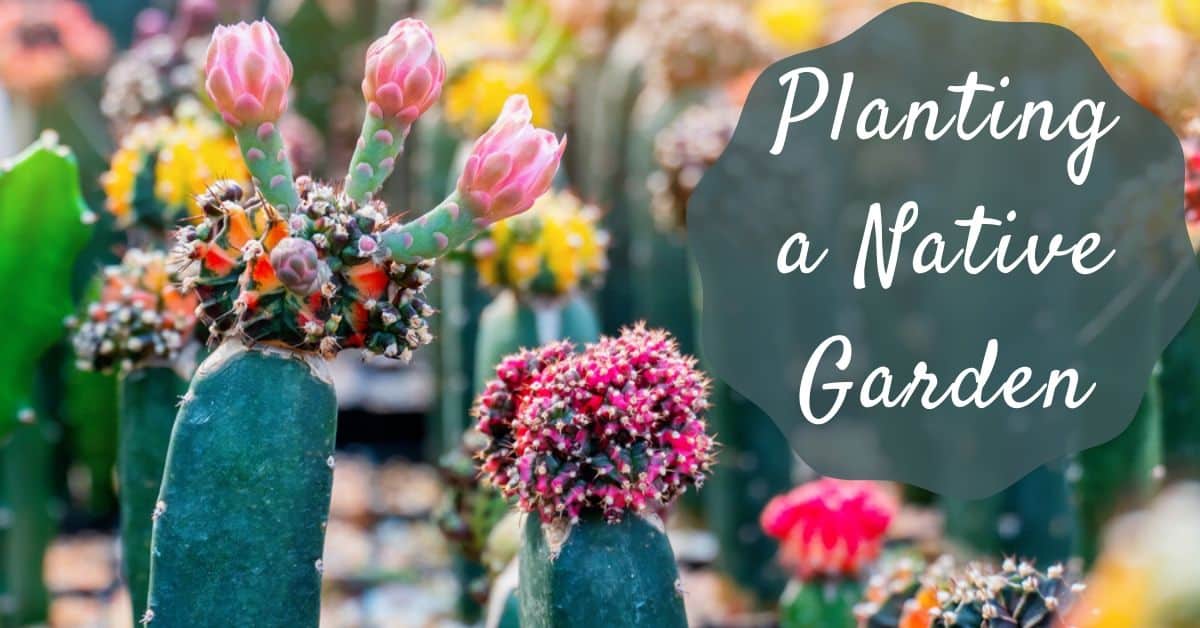- Finding the Right Indoor Plants for Desert Your Home - April 28, 2023
- Common Misunderstanding About Sun Exposure - April 18, 2023
- All about the Arizona Monsoon Season - May 21, 2021
With our abundant sunshine and minimal freeze hours, Central Arizona gives the ambitious gardener lots of options to play with. However, while thousands of plants are viable for portions of the year, many plants struggle to truly adapt to the region’s aridity and extreme heat. Homeowners who choose their plantings on looks alone may end up with landscaping that heavily depends on watering and continual irrigation to support itself – adding to a home’s general expenses.
However, more and more, Arizona gardeners are using the region’s extreme climate as a guiding principle to the plants they select for their yard, utilizing mostly plants native to the Sonoran Desert and surrounding region. Planting with native plants, even in urban environments comes with a host of benefits. Native plants are better adapted to the area and weather and require less support from watering and fertilizer.
Additionally, native plants are already part of the local ecosystem that developed with complex relationships between a species and its pollinators, as well as insects, animals and other plants. Using adapted native plants in your garden also eliminates the risk of introducing invasive species to Arizona, a major concern for preserving the desert’s natural beauty.
Where To Begin?
A great place to start planning your native plant landscape is by taking advantage of some of the resources offered by the Arizona Native Plant Society. ANPS has a range of research and publications available to the public to encourage native plant use in the region. From colorful foliage to planting for desert tortoises, ANPS can bring even the casual gardener up to speed on how to design with form and function in mind.
Arizona’s wide variety of altitudes and microclimates has led to over 4000 native plant species in the state, from striking saguaro cactus to tiny ephemeral wildflowers, there are Arizona native plants for every garden space.
Local nurseries are also a resource for the native plant gardener. Browsing a selection of native flora can give you a truer sense of their size and appearance and can guide your inspiration for your yard. Local nurseries can also offer you specific information about the best care and placement of native plants, including their soil and water preferences.
Establish your native landscaping with well-placed perennials like shrubs, cacti and trees and take advantage of natural formations in your yard like boulders, rocks, slopes and areas that are naturally sunny or shady.
Trees
There are quite a few native trees to Central Arizona that provide shade and soil improvement as well as water-efficient aesthetic beauty. The hardy mesquite tree grows quickly, offers sun relief to other lower plants and provides nitrogen to the soil. The pods produced by the mesquite tree can be hulled and edible mesquite beans ground into a nutritious flour. Other striking trees like the blue palo verde offer dramatic form and color to a landscape.
Cacti
If there is one thing the Arizona desert landscape is known for, it is our cacti. These succulent plants seem to have adapted to fit nearly every niche of the desert landscape, and encouraging cactus in your home landscape helps support desert ecosystems.
Even if you don’t have the room for a towering saguaro in your yard, plenty of other cacti can provide desert style and beauty. For mid-size cacti, try selecting a paddle cactus. Arizona is home to a wide range of prickly pear species, all of which grow gorgeous flowers and edible fruit. The desert climate also easily supports cacti in the cholla family and several varieties of barrel cactus.
Shrubs
Many of the desert native shrubs can offer a burst of color to your space, year after year. Desert fairy duster has the potential to bloom year-round with a distinct red-to pink puffball flower. Desert fairy duster is sturdy enough to take the full sun and extreme heat that the Phoenix area can deliver, and attracts valuable pollinators like hummingbirds.
For a delicious edible native landscape, try planting wolfberry plants throughout your yard. The flavorful berries of a wolfberry plant are in the same family as goji berries and similarly contain many beneficial nutrients and antioxidants. Their leafiness and heartiness make them ideal candidates for an urban native plant landscape.

